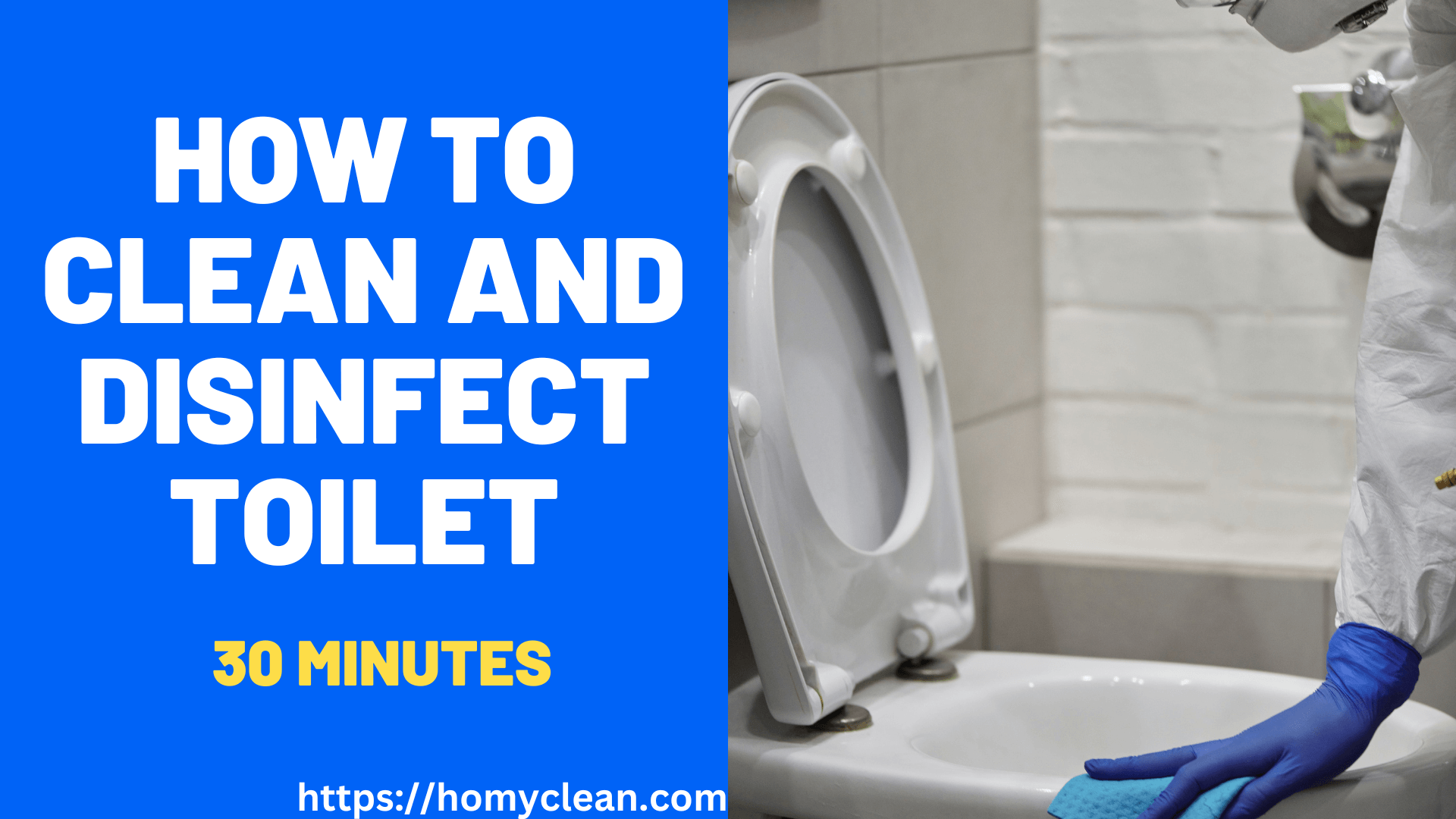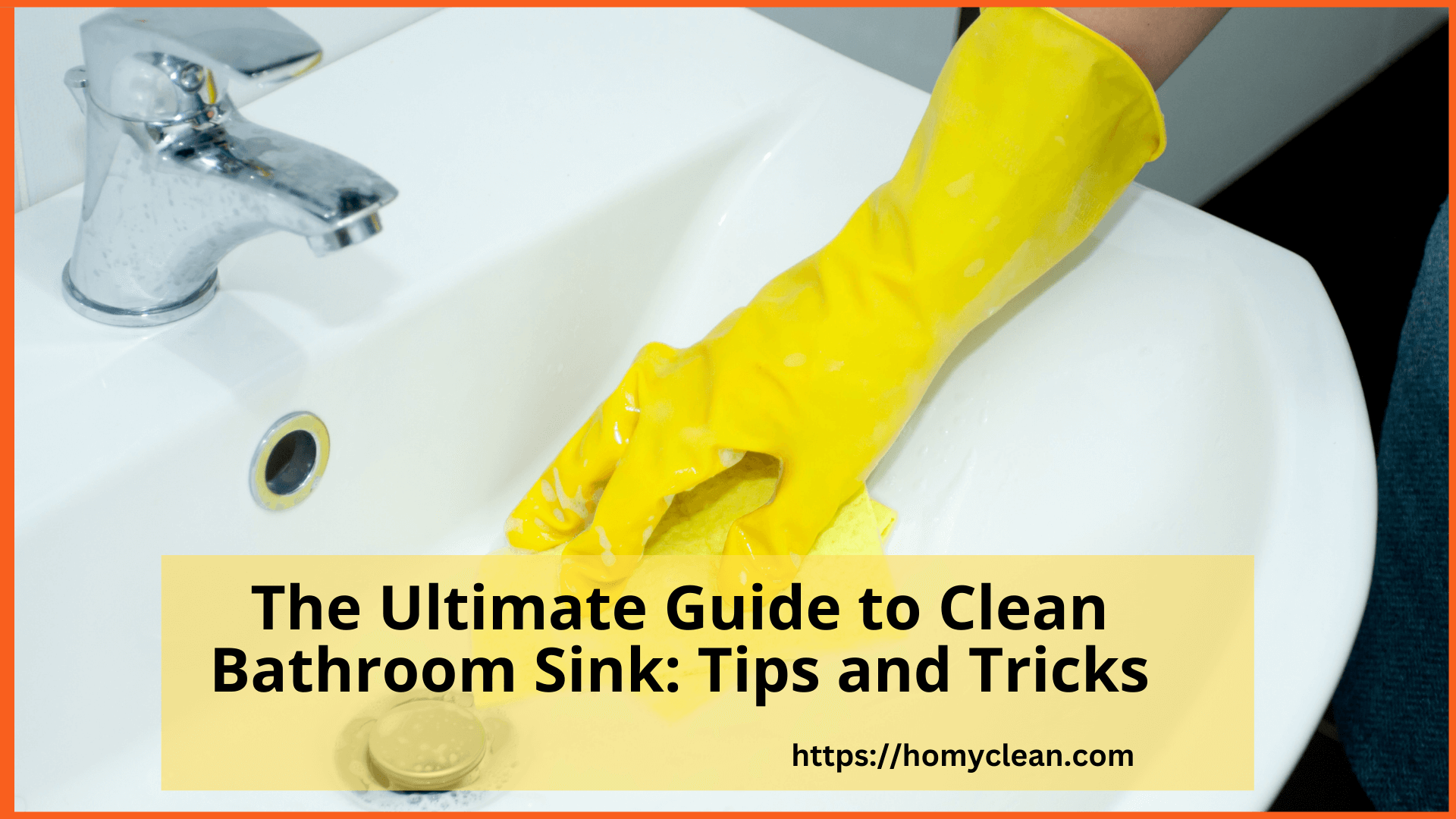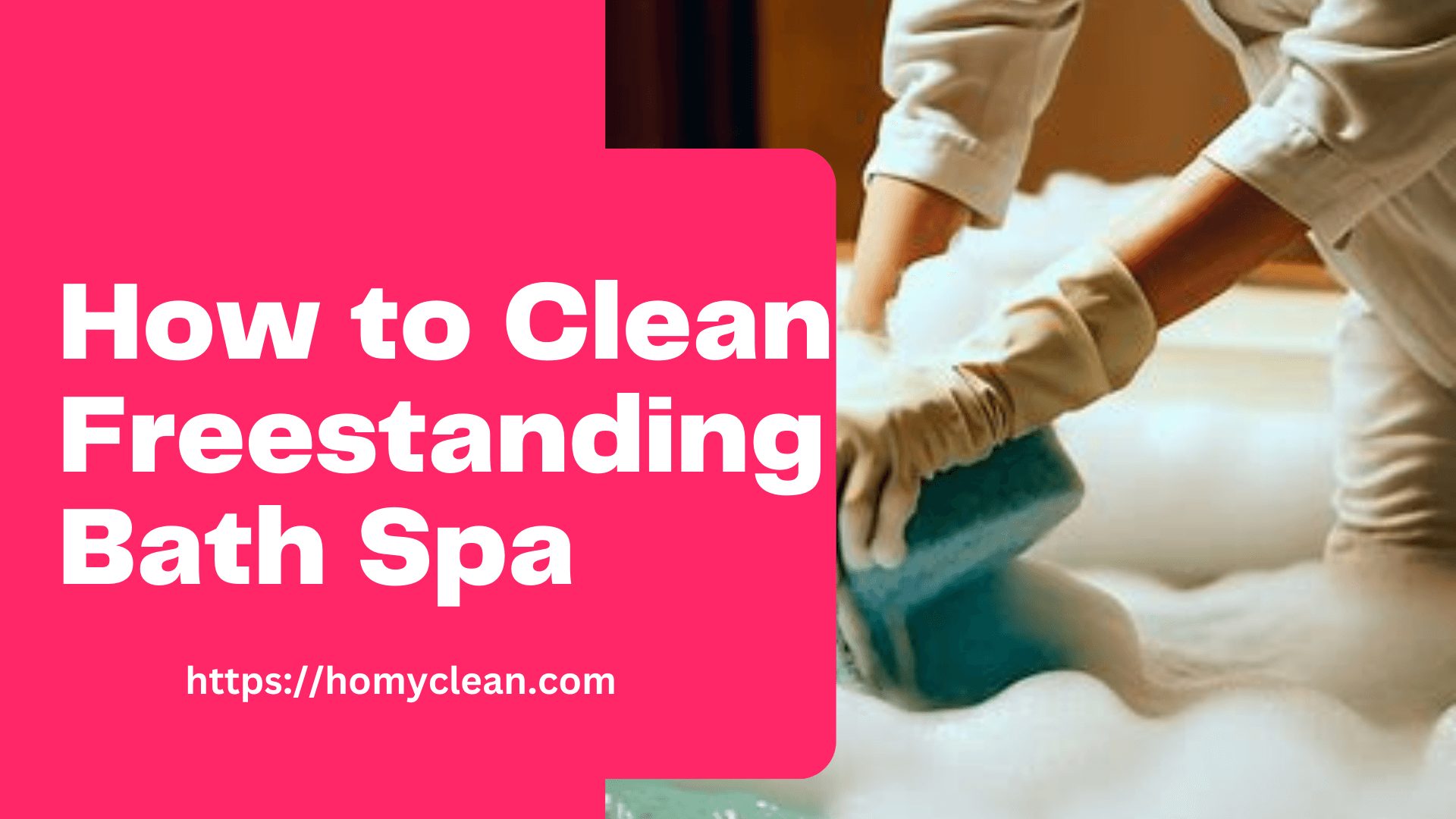A freestanding bath adds a touch of elegance and luxury to any bathroom. However, maintaining its pristine appearance requires regular cleaning and care. If you’re wondering “How to Clean Around Freestanding Bath,” you’ve come to the right place. This article will provide expert advice and actionable tips to keep your freestanding bath spotless, hygienic, and looking brand new. We’ve covered everything from essential cleaning supplies to proper cleaning techniques. Let’s dive in!
Are Freestanding Baths Easy to Clean?
Freestanding bathtubs generally pose a greater cleaning challenge compared to regular alcove tubs. The difficulty arises from the accumulation of dirt and debris in the hard-to-reach gaps around the tub, as freestanding baths cannot be placed directly against a wall.
Cleaning becomes more manageable in larger bathrooms where the tub can be centrally positioned, allowing easy access to all sides. Unfortunately, many freestanding tubs, especially those with clawed feet, end up situated close to a bathroom wall, creating a narrow and challenging space to clean.
Step By Step Guide How to Clean Black Freestanding Bath
1. Gathering the Right Cleaning Supplies
To begin the cleaning process, it’s essential to have the right cleaning supplies at hand. Here are the items you’ll need:
- Soft Microfiber Cloth
- Non-Abrasive Cleaner
- White Vinegar:
- Baking Soda
- Spray Bottle
- Toothbrush
- Rubber Gloves
- Soft Dry Towels
2. Clearing the Area Around the Freestanding Bath
- Begin by clearing the surrounding area before initiating the bath cleaning process.
- Remove bath accessories, mats, and personal items to facilitate easy access to all areas.
- Ensure a comprehensive cleaning without any hindrances by clearing the space.
3. Preparing a Homemade Cleaning Solution
- Utilize eco-friendly cleaning methods for freestanding bath.
- Create an effective cleaning solution using equal parts white vinegar and water.
- Mix the solution in a spray bottle for easy application.
4. Cleaning the Exterior of the Freestanding Bath
The exterior surface of the bath can accumulate dust, dirt, and even soap scum. Here’s how you can clean it effectively:
- Spray the vinegar and water mixture generously over the exterior surface of the bath.
- Use a soft microfiber cloth to wipe the surface in circular motions, removing grime and stains.
- Clean the bath’s legs, faucets, and other fixtures.
- Use a dry, soft towel to wipe away any excess moisture and give the bath a sparkling finish.
5. Cleaning the Interior of the Freestanding Bath
The bath interior is where you want to relax and unwind, so keeping it clean and inviting is crucial. Here’s how to do it:
- To get rid of stains and limescale, add a cup of white vinegar to a full bath of warm water.
- Allow the bath to sit for about 20 minutes, giving the vinegar time to work its magic.
- Sprinkle baking soda on a damp cloth and gently scrub the bath’s interior to remove any remaining stains or grime.
- Drain the water and rinse the bath thoroughly to remove all traces of vinegar and baking soda.
- Use a soft towel to dry the bath and give it a final shine.
6. Cleaning the Overflow Drain and Pop-up Waste
Often overlooked, the overflow drain and pop-up waste can accumulate dirt and debris over time. Follow these steps to clean them effectively:
- Depending on the design, you might need to twist or pull it out.
- Scrub the pop-up waste cover with a toothbrush and soapy water, removing all grime.
- Use a flexible brush or a pipe cleaner to reach the overflow drain and remove any trapped debris.
- Rinse the cover and the overflow drain with water and dry them thoroughly before reassembling.
7. Removing Stubborn Stains and Limescale
Even with regular cleaning, stubborn stains, and limescale can appear on the surface of your freestanding bath. Don’t worry; we have a solution:
- Make a thick paste by combining baking soda and some water.
- Apply the baking soda paste to the stained areas and limescale deposits.
- In order to give the paste enough time to act on the stains, let it sit for at least 30 minutes.
- Use a soft brush or cloth to scrub the stained areas in circular motions.
- Rinse the bath thoroughly to remove all traces of the paste and reveal a pristine surface.
8. Addressing Hard Water Stains
If your area has hard water, you might notice unsightly hard water stains on your freestanding bath. Here’s how to tackle them:
- Fill the bath with warm water and add a mixture of half vinegar and half water.
- Let the bath soak overnight to break down the mineral deposits causing the hard water stains.
- Use a soft brush or cloth to scrub away the softened stains the next day.
- Drain the water and rinse the bath thoroughly to remove all traces of vinegar and mineral deposits.
9. Dealing with Soap Scum
Soap scum can accumulate on the surface of your freestanding bath, giving it a dull and dirty appearance. Follow these steps to combat soap scum:
- Mix baking soda with a small amount of water to form a paste.
- Apply the baking soda paste to the soap scum areas.
- To break down the soap scum, give the paste around 15 minutes to sit.
- Use a soft brush or cloth to scrub away the soap scum without damaging the bath surface.
- Rinse the bath to reveal a clean, soap-scum-free surface.
Related Topic: How to Clean Solid Surface Bathtubs
How To Maintain the Freestanding Bath Regularly
Regular maintenance is essential to keeping a freestanding bath looking its best. Here are some maintenance tips:
- Wipe the bath’s exterior and interior daily with a soft microfiber cloth to prevent the accumulation of dust and grime.
- Conduct a deep clean to remove stubborn stains, soap scum, and limescale.
- Stick to mild, non-abrasive cleaners to avoid damaging the bath’s surface.
- After each use, dry the bath with a soft towel to prevent water spots and mineral buildup.
- Place bath mats inside and outside the bath to prevent slipping and protect the floor from water splashes.
- Clean the overflow drain and pop-up waste regularly to prevent clogs and buildup.
- Periodically, polish metal fixtures like faucets and drains to maintain shine.
- Be gentle with your freestanding bath, avoiding any harsh impacts that could cause damage.
How to Deal with Rust Stains
Rust stains are common, especially if metal fixtures are around a freestanding bath. Here’s how to handle them:
- Mix lemon juice with table salt to form a paste.
- Apply the lemon juice paste directly to the rust stains.
- Let the paste an hour or so to soak up the stains.
- Use a soft brush or cloth to scrub away the rust stains gently.
- Rinse the bath thoroughly to remove all traces of the lemon juice.
- Dry the bath and polish any metal fixtures to prevent future rusting.
How to Prevent Mildew and Mold Growth
Mildew and mold can thrive in damp environments, making the bathroom susceptible. Here’s how to prevent their growth:
- Ensure your bathroom is well-ventilated to reduce humidity and moisture.
- After each use, wipe down the bath’s interior to remove moisture.
- Apply mold-resistant caulk around the bath’s edges to prevent mold growth.
- If your bathroom tends to be humid, consider using a dehumidifier to control moisture levels.
How to Address Scratches and Surface Damage of Freestanding Bath
Over time, your freestanding bath may develop minor scratches and surface damage. Here’s how to address them:
- Use fine-grit sandpaper to buff out minor scratches gently.
- Apply a polishing compound to restore the bath’s shine.
- Consider using a bath repair kit for more significant surface damage.
Natural Cleaners for Eco-Friendly Cleaning Freestanding Bath
If you prefer eco-friendly cleaning options, consider using these natural cleaners:
- Baking Soda: Effective for removing stains and deodorizing the bath.
- White Vinegar: A natural disinfectant that can remove grime and limescale.
- Lemon Juice: Helps remove rust stains and adds a fresh scent.
- Essential Oils: Add a few drops of essential oils to your cleaning solution for a pleasant aroma.
How to Use Steam Cleaners for Deep Cleaning Around A Freestanding Bath
Steam cleaners can provide a deep and thorough cleaning of your freestanding bath. Here’s how to use them:
- Fill the Steam Cleaner: Fill the steam cleaner with water and any recommended cleaning solution.
- Preheat: Allow the steam cleaner to preheat according to the manufacturer’s instructions.
- Steam Clean: Hold the steam cleaner’s nozzle close to the bath’s surface and steam-clean it section by section.
- Wipe Away Dirt: Use a microfiber cloth to remove dirt and moisture as you steam.
- Dry Thoroughly: After steam cleaning, ensure the bath is completely dry.
Cleaning Different Freestanding Bath Materials
Depending on the material of your freestanding bath, you’ll need to adapt your cleaning approach:
- Acrylic Baths: Use a non-abrasive cleaner to avoid scratching the acrylic surface.
- Stone Resin Baths: Avoid harsh chemicals that may damage the stone resin material.
- Cast Iron Baths: Use mild cleaners and avoid abrasive scrubbing.
- Copper Baths: Polish copper baths regularly to maintain their natural shine.
How to Organize and Clean Freestanding Bath Supplies for Easy Access
To make the cleaning process efficient, create a designated storage space for your supplies. Consider using caddies or baskets to keep everything organized and easily accessible when needed.
How to Set Up a Freestanding Bath Cleaning Schedule
Maintaining a clean freestanding bath is easier with a regular cleaning schedule. Create a weekly or bi-weekly cleaning routine to ensure your bath stays spotless and inviting.
What to Avoid When Cleaning Freestanding Bath
While cleaning your freestanding bath, be mindful of the following:
- Abrasive Cleaners: Avoid using abrasive cleaners that can scratch the bath’s surface.
- Steel Wool: Never use steel wool or harsh scouring pads, as they can damage the bath’s finish.
- Bleach: Avoid using bleach on colored baths, as it may cause fading.
Cleaning Recommendations for Different Tub Materials
Cleaning around a stone bath:
- Use a stone cleaner formulated for stone surfaces.
- Alternatively, opt for a mildly abrasive cream cleaner.
Cleaning around a cast iron bath:
- Use a cleaner specifically formulated for cast iron.
- Try washing up liquid or a mixture of washing up liquid and bicarbonate of soda.
Cleaning around an acrylic bath:
- Avoid abrasive scrubbing pads and harsh chemicals.
- Use store-bought bath cleaners or try homemade solutions with washing up liquid, bicarbonate of soda, or diluted bleach.
How Far From the Wall Should a Freestanding Bath Be?
Leave at least 30 cm of space between the freestanding bath and surrounding walls for easy cleaning. A larger gap facilitates cleaning, and positioning the tub in the middle of the bathroom allows for easier access.
Consider a “back to wall” freestanding bath for smaller bathrooms, as it can be pushed flush against the wall, eliminating the need to clean the space between the tub and the wall.
Should You Silicone Around a Freestanding Bath?
While silicone sealant is typical for alcove bathtubs, freestanding baths might not require the same sealing unless they have a flat base. For “back to wall” freestanding baths, using silicone sealant along the flat edge is recommended to prevent water from becoming trapped and causing mold growth.
Related Articles:
Common Questions About How to Clean Around Freestanding Bath
Can I use bleach to clean my freestanding bath?
While bleach can be effective, it’s not recommended for colored baths as it may cause discoloration. Stick to mild, non-abrasive cleaners instead.
How often should I deep clean my freestanding bath?
For regular maintenance, deep clean your bath at least once a week to prevent the buildup of grime and stains.
Is it safe to use a steam cleaner in my bath?
Yes, steam cleaners are safe to use on most bath materials. Follow the manufacturer’s instructions and ensure the bath is dry after steam cleaning.
Can I use essential oils in my cleaning solution?
Yes, essential oils not only add a pleasant aroma but can also provide additional cleaning properties. Just a few drops will do.
How do I remove rust stains from my freestanding bath?
Create a paste with lemon juice and table salt, apply it to the stains, let it sit for an hour, and then gently scrub away the rust.
What should I do if my bath has surface damage?
For minor scratches, use fine-grit sandpaper and polish. Consider a repair kit for more significant damage.
Conclusion
Maintaining a clean freestanding bath is achievable with the proper cleaning techniques and regular care. By using the proper cleaning supplies and adopting eco-friendly options, you can keep your bath pristine for years. Addressing issues like rust stains, hard water deposits, and soap scum ensures your bath is inviting and hygienic.
Avoid harsh chemicals and abrasive tools, and use natural cleaners whenever possible. Your freestanding bath can become a beloved bathroom focal point and a source of elegance and relaxation if you maintain a well-organized cleaning schedule.





